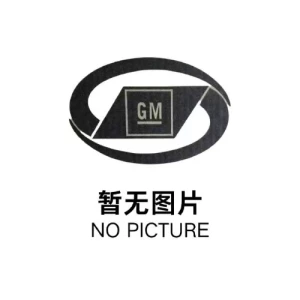Plant Growth Regulator: Types, Functions, and Buying Guide
Plant Growth Regulators (PGRs) are essential chemicals used in agriculture to enhance plant growth, improve yield, and manage crop health. Whether you're a farmer, horticulturist, or agribusiness owner, understanding PGRs can help you optimize your cultivation process. This guide covers everything from types and functions to buying tips and reliable sourcing from China.
How to Find Reliable Plant Growth Regulator from China in 2025
China is a leading supplier of Plant Growth Regulators, offering competitive prices and high-quality products. To find reliable suppliers, consider the following:
- Check supplier certifications (e.g., ISO, GMP).
- Read customer reviews and testimonials.
- Request product samples before bulk orders.
- Verify compliance with international agricultural standards.
What Buyers Should Know Before Buying Plant Growth Regulator from China
Before purchasing PGRs from China, buyers should:
- Understand local regulations for importing agricultural chemicals.
- Ensure the supplier provides detailed product specifications.
- Negotiate shipping and payment terms clearly.
- Confirm the supplier’s ability to handle logistics and customs clearance.
Types of Plant Growth Regulator
PGRs are categorized based on their functions:
- Auxins: Promote root development and cell elongation.
- Cytokinins: Stimulate cell division and delay aging.
- Gibberellins: Enhance stem growth and seed germination.
- Abscisic Acid: Regulates stress responses and dormancy.
- Ethylene: Controls fruit ripening and flower wilting.
Functions and Features of Plant Growth Regulator
PGRs offer multiple benefits:
- Boost crop yield and quality.
- Improve resistance to environmental stress.
- Enhance uniformity in plant growth.
- Reduce dependency on traditional fertilizers.
Scenarios of Plant Growth Regulator
PGRs are widely used in:
- Commercial farming for high-value crops.
- Greenhouse cultivation to control plant height.
- Fruit orchards to manage ripening.
- Landscaping for uniform turf growth.
How to Choose Plant Growth Regulator
Selecting the right PGR depends on:
- Crop type and growth stage.
- Desired outcomes (e.g., faster growth, stress resistance).
- Environmental conditions (e.g., temperature, soil type).
- Compatibility with other agrochemicals.
Plant Growth Regulator Q & A
Q: Are PGRs safe for organic farming?
A: Some PGRs are approved for organic use, but always check certification labels.
Q: How do I apply PGRs effectively?
A: Follow manufacturer guidelines for dosage and timing to avoid overuse.
Q: Can PGRs replace fertilizers?
A: No, PGRs complement fertilizers by optimizing plant growth processes.
Q: What’s the shelf life of PGRs?
A: Typically 1-2 years if stored in cool, dry conditions.
Q: How do I verify PGR quality?
A: Request third-party lab test reports from suppliers.































